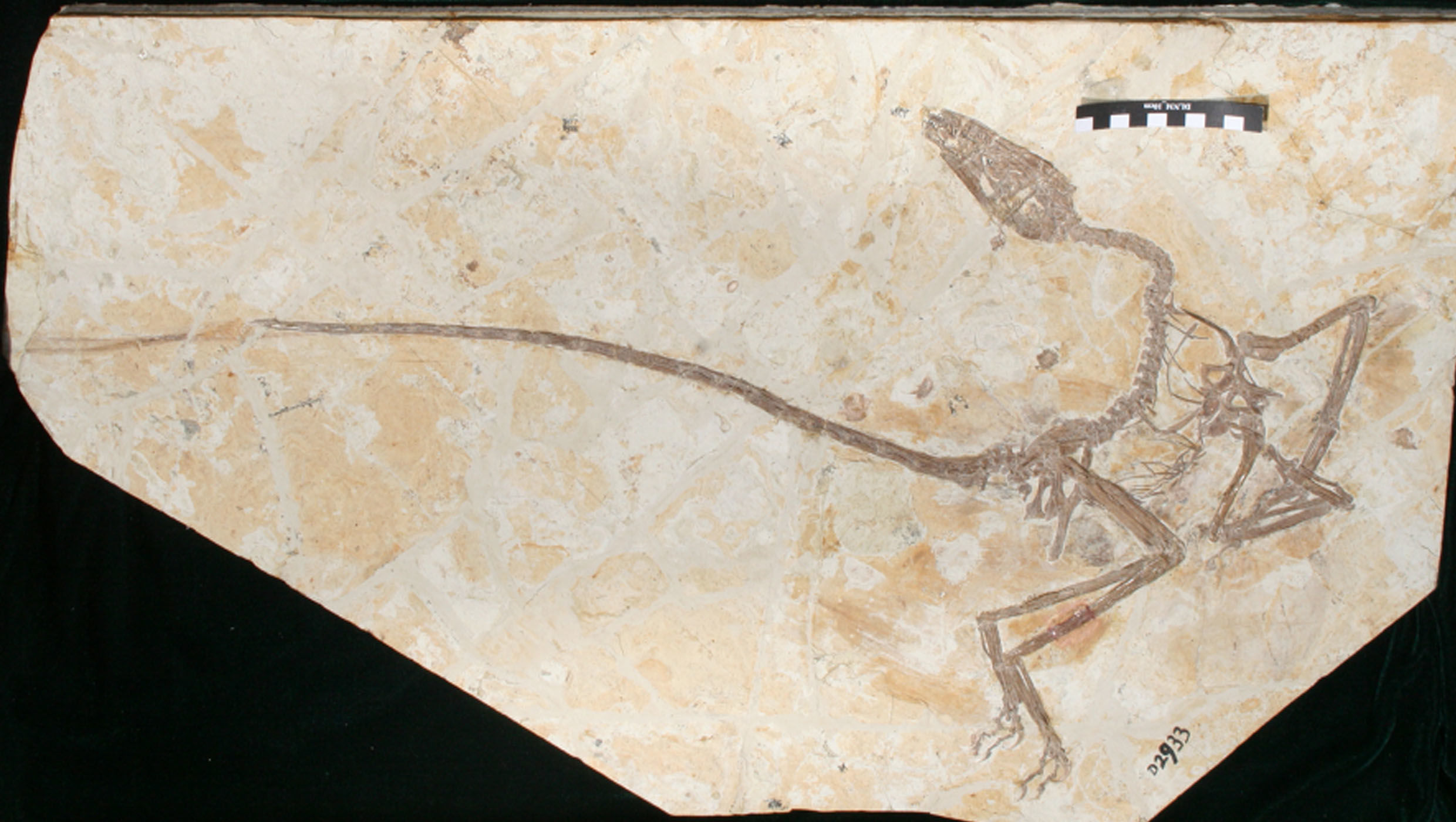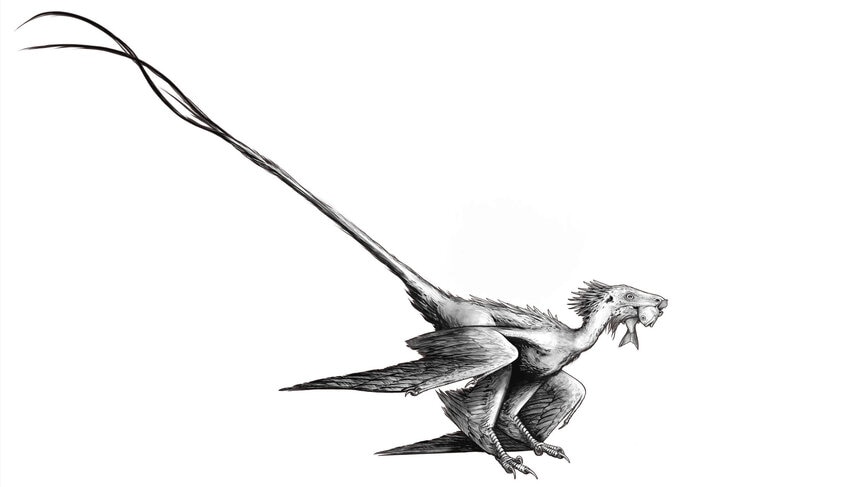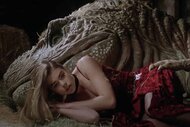Create a free profile to get unlimited access to exclusive videos, sweepstakes, and more!
This new dinosaur just called it: even feathered dinos were nothing like birds

Some dinosaurs looked like birds. Some prehistoric birds looked like dinosaurs, and some birds that are still around echo dinosaurs. That doesn’t mean feathers and wings always make a bird—or a dinosaur.
Wulong bohaiensis was a small feathered therapod that lived 120 million years ago in what is now China, going twice as far back as T. rex. The dinosaur species this creature is most closely related to is (another star of Jurassic Park) the Velociraptor. “Wulong” translates to “dancing dragon,” and the fantastic specimen, which is preserved so well that even some of its feathers are frozen in time, is not only dragon-like, but also birdlike. The thing is that the bones and feathers revealed this newly unearthed dino to be a juvenile who went through different growing pains than birds.
Microraptorine dromeasaurs like W. bohaiensis were literally micro-raptors who were fast on their scaly feet. These feathered lizards that ran around during the Early Cretaceous were probably difficult to catch and also related to birds, even though they weren’t birds themselves. All microraptorians except one have been found in the same region of northeastern China. W. bohaiensis is part of the Jehol biota, one of the richest fossil deposits ever discovered. The Jehol biota has revealed an extraordinary variety of species that thrived during a period of constant volcanic activity. Many feathered dinosaurs have been found impeccably preserved in this deposit, which is why scientists were able to learn so much about this dancing dragon.
“The new dinosaur fits in with an incredible radiation of feathered, winged animals that are closely related to the origin of birds,” said postdoctoral researcher Ashley Poust of the San Diego Natural History Museum and UC Berkeley, who recently published a study in The Anatomical Record. “Studying specimens like this not only shows us the sometimes surprising paths that ancient life has taken, but also allows us to test ideas about how important bird characteristics, including flight, arose in the distant past.”
W. bohaiensis was in between the size of a crow and a raven. It had winglike arrays of feathers on its arms and legs and a graceful tail as long as its body, with two long plumes at the end. This kind of plumage sounds like something you would see on an adult bird of paradise, except that this was not an adult specimen. However pretty the fossil was, Poust and his colleagues needed to perform bone histology, which involved cutting up some of its bones and examining them under a microscope. It was this technique that told them they were looking at a juvenile—a juvenile with apparently mature feathers.
This is what ultimately differentiated it from birds, which typically grow very fast and reach full size before they get their full plumage. Anything really showy, especially if meant for mating, shows up last. This is what is particularly baffling about W. bohaensis.
“Either the young dinosaurs needed these tail feathers for some function we don’t know about, or they were growing their feathers really differently from most living birds,” Poust said, and added in the study that “macroscopic signs of maturity developed after the first year, but before cessation of growth, demonstrating that nonhistological indicators of adulthood may be misleading when applied to dromaeosaurids.”
Could there also be a possibility that the adult of this species had even showier feathers, and the juvenile is only giving us a glimpse? That remains buried.















